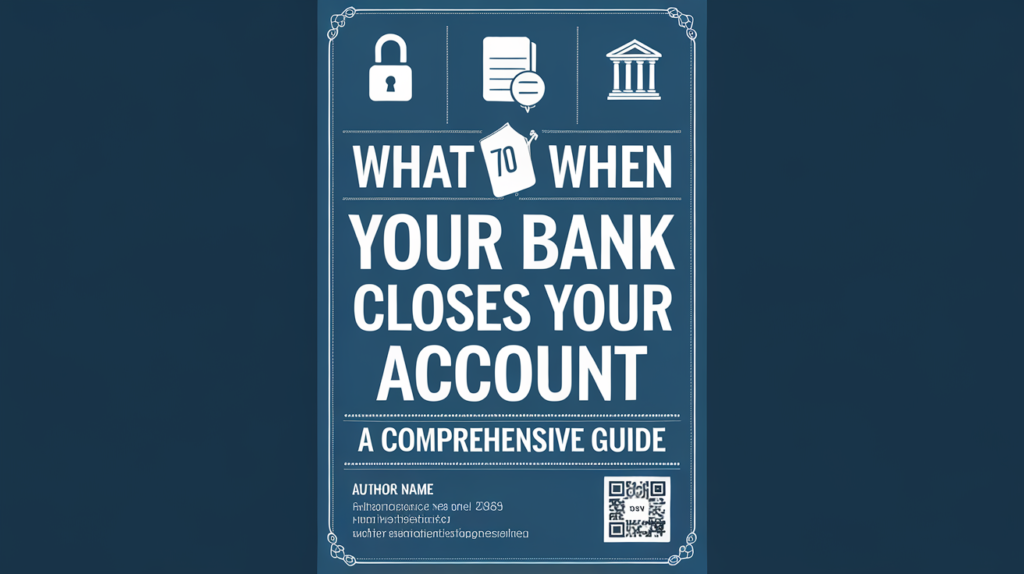Mastering Your Finances with the 50/15/5 Rule
Managing your finances can often feel like a daunting task, but with the right strategies, it can become much more manageable. One such strategy is the 50/15/5 rule, a budgeting guideline designed to help you allocate your income effectively. At O1ne Mortgage, we believe in empowering our clients with the knowledge and tools they need to achieve financial stability. If you have any mortgage service needs, don’t hesitate to call us at 213-732-3074. Let’s dive into the 50/15/5 rule and see how it can benefit you.
Understanding the 50/15/5 Rule
The 50/15/5 rule is a straightforward approach to budgeting that divides your income into three main categories: essential expenses, retirement savings, and short-term savings. By following this rule, you can ensure that your financial priorities are in order while still allowing room for discretionary spending.
50% of Your Income for Essential Spending
Essential expenses are those unavoidable costs that you must cover each month. These include:
- Housing payments
- Utilities
- Phone bills
- Minimum debt payments
- Groceries and food expenses
- Transportation and gas
- Health and auto insurance
- Child care expenses
To adhere to the 50% allocation, you may need to find ways to reduce these essential expenses. This could involve shopping around for better insurance rates, adjusting your cellphone plan, consolidating debt, or meal planning to cut down on food costs.
15% of Your Income for Retirement Savings
Saving for retirement is crucial for long-term financial security. The 50/15/5 rule recommends setting aside 15% of your income for retirement savings. If you’re just starting, this might seem like a significant amount, but you can gradually increase your contributions over time.
If you have a 401(k) plan, consider making contributions through automatic payroll deductions. This not only simplifies the process but also offers tax benefits. Aim to contribute at least enough to secure any employer match. For those with an individual retirement account (IRA), setting up automatic monthly transfers from your checking account can help you stay on track.
5% of Your Income for Short-Term Savings
Building a healthy emergency fund is essential for financial wellness. Unexpected expenses, such as car repairs, home maintenance, medical bills, or periods of unemployment, can disrupt your budget. Most experts recommend saving three to six months’ worth of expenses in your emergency fund.
The 50/15/5 rule suggests allocating 5% of your take-home pay to short-term savings. If this feels challenging, start small and gradually increase your contributions. Reducing discretionary spending can also free up additional funds for your emergency savings.
What About the Remaining 30%?
With the 50/15/5 rule, you’ll have 30% of your take-home pay left for discretionary spending. This can include:
- Shopping
- Dining out
- Entertainment
- Subscription services
- Reasonable splurges
It’s important to note that you don’t have to spend the entire 30% on discretionary expenses. You can use some of this money to boost your retirement savings, invest, pay down debt, or save for specific financial goals.
Comparing the 50/15/5 Rule to Other Budgeting Guidelines
The 50/15/5 rule is just one of many budgeting strategies. Here’s how it compares to other popular guidelines:
50/30/20 Rule
This rule allocates 50% of your income to essential spending, 30% to discretionary spending, and 20% to financial goals. It’s similar to the 50/15/5 rule but places a greater emphasis on discretionary spending.
40/30/20/10 Rule
Under this rule, you spend less than 40% on loans, less than 30% on expenses, at least 20% on financial goals, and at least 10% on insurance. This approach provides more detailed guidance on how to allocate your income.
70/20/10 Rule
This rule suggests spending 70% on monthly bills and regular spending, 20% on saving and investing, and 10% on extra debt payments. It’s a simpler approach that focuses on overall spending and saving.
Is the 50/15/5 Rule Right for You?
The 50/15/5 rule can be an effective way to prioritize saving, especially for retirement and emergency funds. However, it may not be suitable for everyone. For instance, if you’re focused on paying off debt, the 70/20/10 rule might be more appropriate as it allocates 10% of your income to extra debt payments.
Additionally, those with irregular income may prefer zero-based budgeting, which accounts for every dollar of your take-home pay and can be helpful if your income fluctuates from month to month.
The Bottom Line
The 50/15/5 rule is a budgeting technique designed to optimize your income. When implemented correctly, it can help curb overspending and accelerate your savings goals. One of those goals might be to improve your credit, and Experian can assist by allowing you to check your credit score and report for free at any time.
At O1ne Mortgage, we are committed to helping you achieve financial stability. If you have any mortgage service needs, please call us at 213-732-3074. Our team of experts is here to guide you every step of the way.







